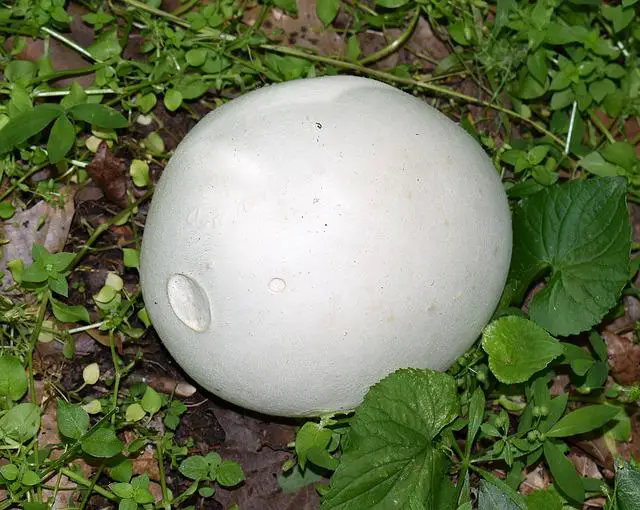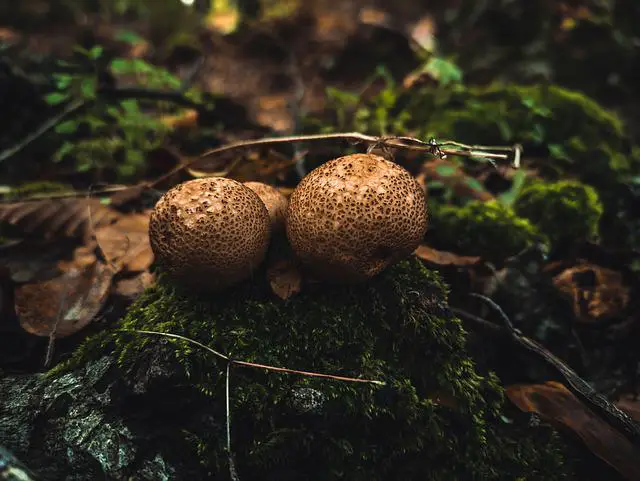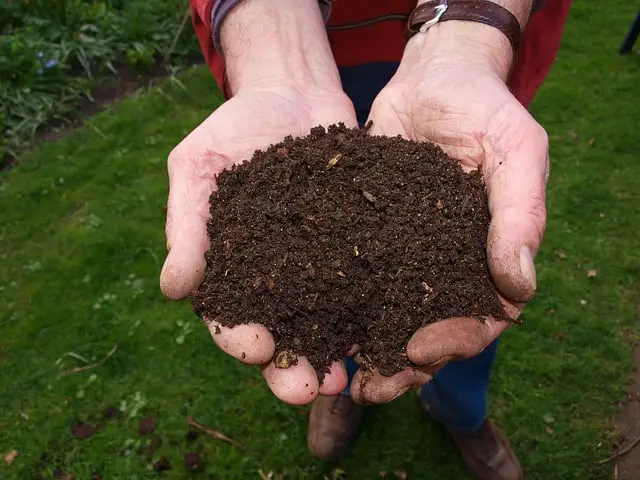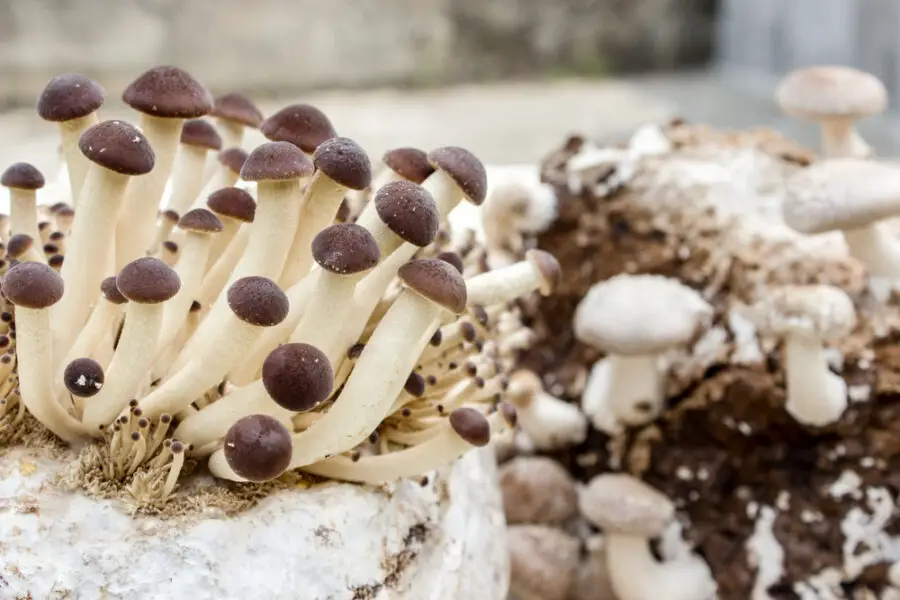You can find all sorts of delicious foods growing naturally in the wild and fresh, and naturally-occurring produce can have countless benefits for your health. If you are interested in foraging for some fungi then you might want to know, are puffball mushrooms healthy?
Most puffball mushrooms are edible and delicious, provided they are harvested before they have matured too much. Edible puffballs are good for your health as they are high in protein but low in calories. They also contain manganese, phosphorus, selenium, and clavacin, and are reportedly good for your bones and teeth, your immune system, and your metabolism.
Not all puffball mushrooms are good to eat, and there are some mushrooms that are easily mistaken for puffballs which can be poisonous, toxic, or even deadly.
This article will tell you everything you need to know about how healthy puffball mushrooms are to eat, including where to find them and how to cook them. You will also find out how to tell the difference between an edible puffball, a mature puffball, and an inedible or poisonous lookalike.

What Are the Potential Health Benefits of Eating Puffball Mushrooms?
The healthiest thing about eating puffballs is that they are low in calories, but rich in protein and still very filling. You can use these spongy, hearty mushrooms in place of meat or tofu to make delicious meals that are not going to add on extra pounds.
There are also many nutrients found in these mushrooms which can provide additional benefits for the body. In terms of their nutritional elements, puffball mushrooms are known to contain:
- Phosphorous
- Manganese
- Selenium
- Clavacin
What Do the Nutrients in Puffball Mushrooms Do?
Phosphorous works with the calcium in your body to keep your bones and teeth healthy, and it also helps your body to make protein and metabolise carbohydrates and fats. Another mineral that is essential for bone health and aiding your metabolism is manganese, which is also vital for healthy nerve and brain function.
Selenium is a powerful antioxidant that is important for the health of your thyroid and boosts your immune system. It is thought to reduce the risk of certain cancers and play a role in preventing heart disease and mental decline. Clavacin is less well-known, but it acts as an antibiotic and some studies have linked it to decreased cancer risk.
How To Cook a Puffball Mushroom
Most people like to cook the larger puffball mushrooms, like Mozaic Puffballs or Giant Puffballs. You can peel off the outer layer before cooking, to remove any soil, and then fry them in a similar way to how you would cook tofu.
They have a relatively meaty texture and a mild taste that is both nutty and earthy. They soak up sauces very well, but they can be quite delicate. To prevent large slices from becoming floppy you can coat them in breadcrumbs.
What Are Puffball Mushrooms?
If you’re wanting to get out and find some of these delicious mushrooms for yourself, it’s important to know what they are. Puffball mushrooms are a group of different mushrooms, rather than one specific kind, that encompasses several genera. They all have similar properties and are relatively easy to identify if you know what to look for.
These mushrooms are called puffballs because of their shape and the way that they release their spores. Puffball mushrooms are usually quite round and most of them do not have a stalk, so they look like balls resting on the ground.
When they grow to maturity, puffballs will mature, fill with spores, and dry out. If anything comes into contact with a mature puffball fungus, it will “puff” out millions of spores which will then settle and potentially germinate into new mushrooms. They will also release their spores naturally through a hole that opens at the top of the ball.
Are All Puffball Mushroom Edible?
Almost all true puffball mushrooms are edible while they are still young, and even the mature ones can be eaten (although they are not as nice because they become filled with spores). The problem is identifying the difference between an edible puffball and a potentially toxic lookalike.
How To Identify an Edible Puffball Mushroom
- First, check that the mushroom is the right shape and colour. It should be a relatively smooth sphere or pear shape with no stem or cap, and it should be a pale, creamy colour.
- Then, make sure that there are no spines or pores on the outside of the mushroom.
- The most important step is to cut the mushroom in half, straight down the middle.
- Once the mushroom is in half, check that it is a uniform white colour and has a spongy texture throughout. There should be no discolouration, patterns, markings, or gills inside the mushroom.
- If you identify a stem, a cap, spines, pores, gills, or any internal variation in colour, structure, or texture, it is probably not a puffball.
Mature puffball mushrooms are less edible as they will have built up spores inside. You can spot a mature puffball as the external colour will be darker and the flesh inside will be slightly yellow.
Puffball Lookalikes to Avoid
There are a few mushrooms that can be easily mistaken for a puffball which you definitely want to avoid. Inedible puffball lookalikes include:
Earthballs
These are the mushrooms that are most commonly mistaken for edible puffballs as they look quite similar. The main difference is that they have a thick, warty outer layer that is firm to the touch. Additionally, most Earthballs have a purple or black colour inside when they are cut open. Earthball mushrooms are not deadly, but they are toxic and can make you quite sick.

Aminatas
Aminata mushrooms look very different when they are fully grown, but they start life inside of “egg sacks” that can look quite similar to puffballs. The outside of these egg sacks is usually not as smooth as a puffball, but to be sure you need to cut the mushroom open.
An Aminata egg sack will not be a consistent texture throughout. Instead, it will contain a smaller mushroom inside, or at least some evidence of a semi-formed mushroom (like gills or a stem).
Do not eat an Aminata. Some Aminata mushrooms are poisonous, and some are even deadly.
Stinkhorns and Volvariellas
These mushrooms are not necessarily toxic, but they grow in egg sacks like Aminatas and they are too similar to safely identify.
If you see any signs that the mushroom is not an edible puffball, then you should avoid it.
The Verdict: Are Puffball Mushrooms Healthy?
If you’re looking for a healthy mushroom with a good amount of substance to it, puffballs are a great option. They contain many minerals that provide a lot of benefits to the body, and they are protein-rich but low in calories.
Most puffball mushrooms are edible, but there are some lookalikes that are toxic or even deadly. Make sure to carefully identify your mushroom before you consider eating it.


